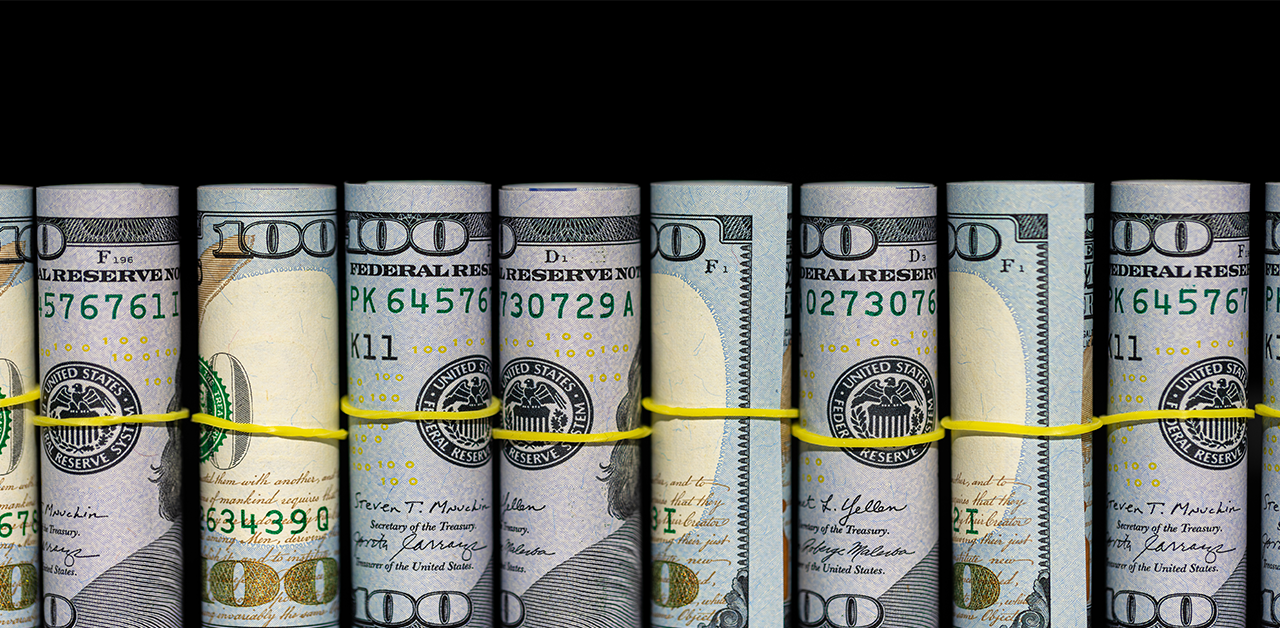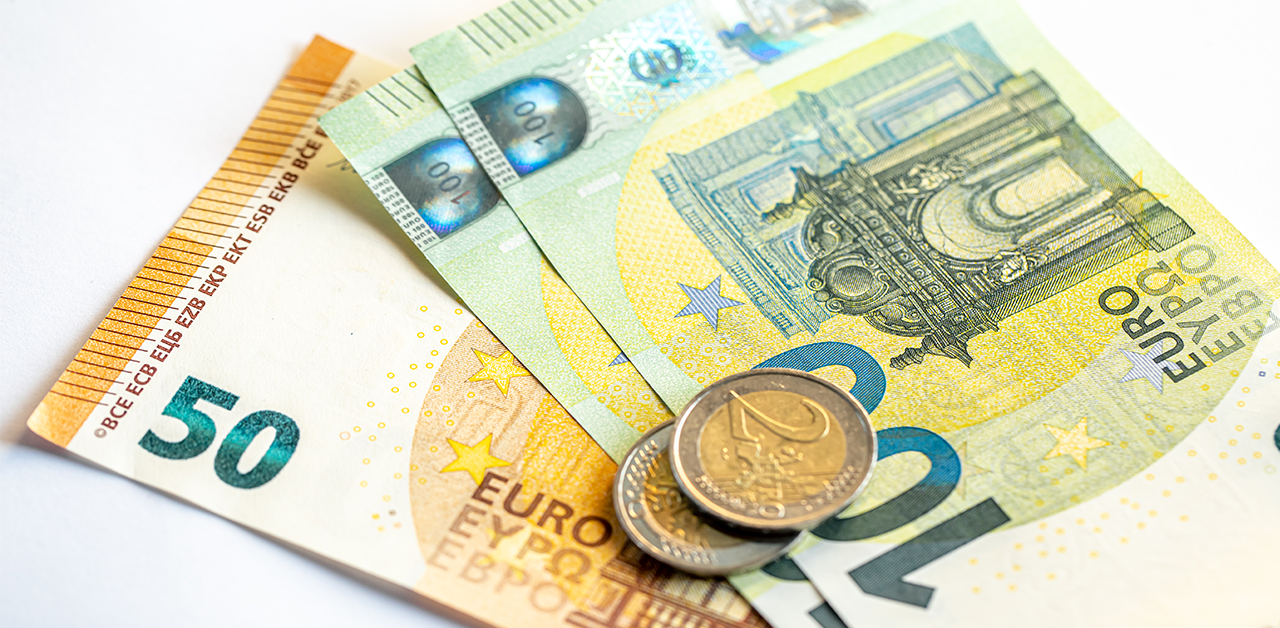GBP/USD steady in Asia ahead of key US CPI data
GBP/USD is steady on the day and patiently waits between 1.3526 and 1.3538 ahead of today’s key event in the US Consumer Price Index. The British Pound initially benefited from a weak Dollar at the start of the week and calmed central bank sentiment at the European Central Bank. However, sterling eased slightly against a stronger currency amid deep and lingering uncertainty over the future course of the Bank of England’s monetary policy. Bank of England chief economist Huw Pill explained that it makes sense for central banks to step back from providing detailed guidance on the policy outlook, as Reuters reports.
Meanwhile, money markets value the BoE’s expected rate hikes at 25 basis points in March and 125 basis points in December 2022. As a result, the pound could rise as the face correction in the greenback more than the euro on the central bank. divergent. The CPI print could provide support to the bearish US Dollar today if the market continues to give further hawkish signs on the pace of Federal Reserve monetary tightening in the data. Whether. A higher number is expected to signal stronger interest rate hikes and should lift the value of the greenback across the board. That metric is expected to be up 0.5 percent month-on-month in January and 7.3 percent on the year, according to economists polled by Reuters.
To the Fed speakers, Cleveland Fed President Loretta Mester spoke on Wednesday and argued that future rate hikes after March will depend on the strength of inflation and the extent of its moderation or existence. Atlanta Fed President Raphael Bostic said he remains on track for a slightly faster rate hike this year.
Tonight’s US CPI data is important and should help settle the debate over whether the Fed will go with a 25bp or 50bp hike. But it’s not clear if this will actually benefit the USD,’ argued analysts at ANZ Bank, while analysts at Brown Brothers Harriman warned ‘if the news turns out to be hot, it could be to blame for US yields moving higher and potentially pushing 10 years above 2% for the first time since August 2019.











